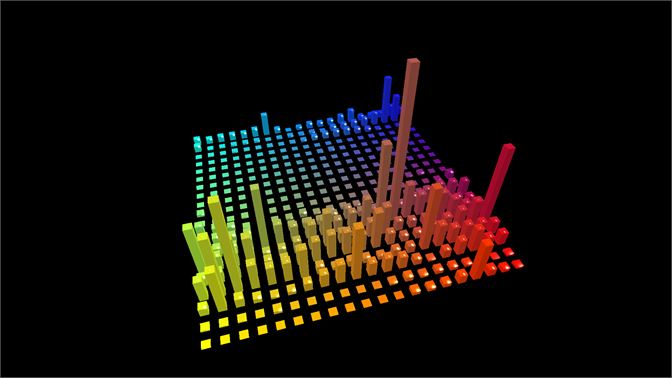

Make sure to restart your Pi, then run the following command in the terminal to test your Flick board. Start by running the following command in your terminal: curl -sSL | sudo bash The const would be: const playlist = 'someartist/sets/aplaylist' įirst, make sure that you have the necessary dependencies installed on your Raspberry Pi for the Flick gesture board. For example, if the url for a playlist is: The path can be found by extracting the end of the url for a Soundcloud playlist.

The Soundcloud playlist can be changed by modifying the const playlist = 'path/to/playlist' const in the renderer.js file. Next, navigate to the repository directory and run sudo npm install to install the dependencies for the project. Start by installing the latest stable version of Node.js on your computer. A server running with Node.js allows communication with the hand gesture board. The visualizer animations are run in an Electron environment and use Three.js (a WebGL library) for 3d graphics. The visualizer must run on a normal computer since the 3d visualizer animations lag on the Raspberry Pi. To start, make sure that you download this repository on the computer that you want to run the visualizer on and the Raspberry Pi. A Raspberry Pi controls the Flick gesture recognition board which sends commands to the visualizer running on a more powerful Mac/Windows/Linux computer with support for webGL to run the graphics. This project runs on two different devices. It is better to place the guiding straight edge on the side of the part you are cutting out to prevent the scoring tool from inadvertently going off the intended path and over the surface of your piece. Use a straight edge, like a long piece of wood to guide your scoring tool straight. Then, use a scoring tool to to score the acrylic anywhere between 20 - 50 times. Trace out the shape on the acrylic sheet with a pen or marker, trying to be as precise as possible. We posted a schematic of our frustum dimensions for you to use as a guideline, but you can also use the following formulas to determine your dimensions:

We recommend either modeling it on your computer, or building a cardboard mockup to make sure it will come together correctly. The dimensions are also tricky to get right if you are not building a 3D model to get the exact dimensions you need. The dimensions are also highly dependent on you monitor size. If not done properly, the acrylic sheet can break in unintended ways, the edges may not be straight, and the frustum may not go together well. We had to score and break off pieces of acrylic sheets to exact dimensions. The frustum is three pieces of acrylic sheet brought together to form a three-sided pyramid with a 45 degree slope. Making the frustum is one of the more challenging parts of the build.


 0 kommentar(er)
0 kommentar(er)
